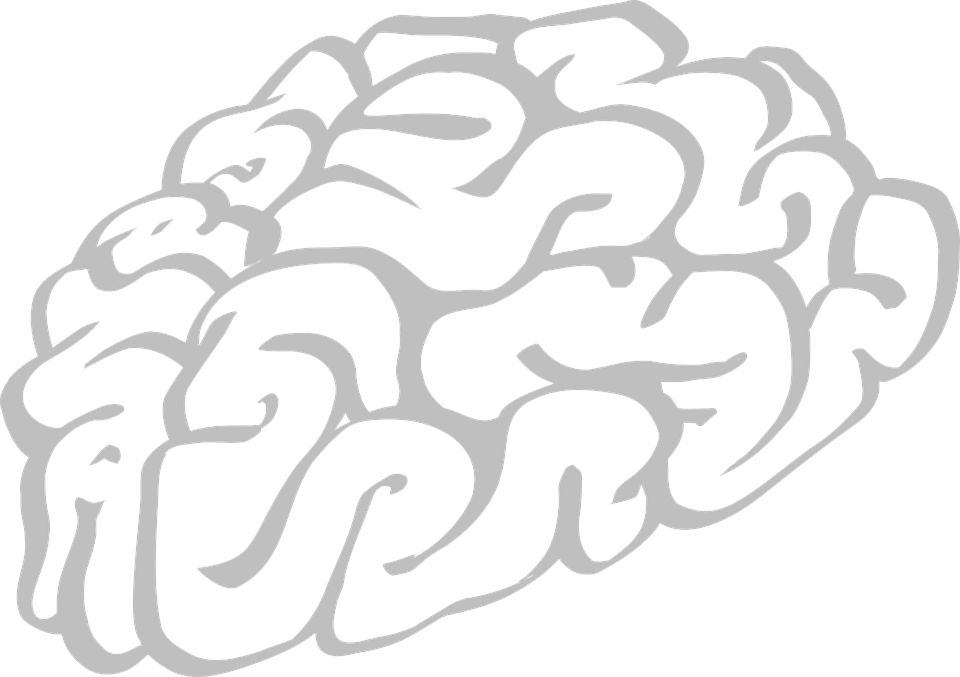
According to recent studies, nearly 5 to 10 percent of Americans over age 60 are struggling with dementia. The term dementia is a common term which collectively classifies many degenerative brain diseases such as Alzheimer’s disease (AD). This disease is a neurological disorder which leads to memory loss that is caused by the death of brain cells thus labeling this disorder as a neurodegenerative type of dementia. AD starts mild and gets progressively worse through the passing of time.
This disease was diagnosed in 1906 after Dr. Alois Alzheimer observed many drastic changes in a patient’s brain tissue who had eventually died of an unusual mental illness. Observed symptoms included: memory loss, language problems, and unpredictable behavior.
One treatment that may be used to treat AD in the future includes an inspiring application of laser technology. The patient would have to undergo a process termed “photobiomodulation,” or low-level light therapy. Through this process, a low-level infrared laser is used in order to amplify light energy into radiant energy. This energy is then absorbed into tissues to enhance the body system’s wound healing process.
Through lab-mice experiments, a research group at the University of Sydney, lead by Dr. Siva Purushthuman, has recently discovered that five treatments each week of photobiomodulation drastically reduces the compulsive characteristics of Alzheimer’s disease or AD biomarkers. These results support the idea that infrared lasers show great potential as a minimally-invasive mediation for mitigating continuous AD symptoms.
In order for this process to work, Dr. Purushthuman observed that the light would have to penetrate through the thick human skull and into the brain. Even though these experiments were performed on mice with smaller and thinner skulls, this process does show the potential to be effective if the aforementioned obstacle were resolved. This gives room for future studies, experiments, and research in infrared light therapy.
The findings of Dr. Purushthuman and his research group have been published in Alzheimer’s Research and Therapy.





